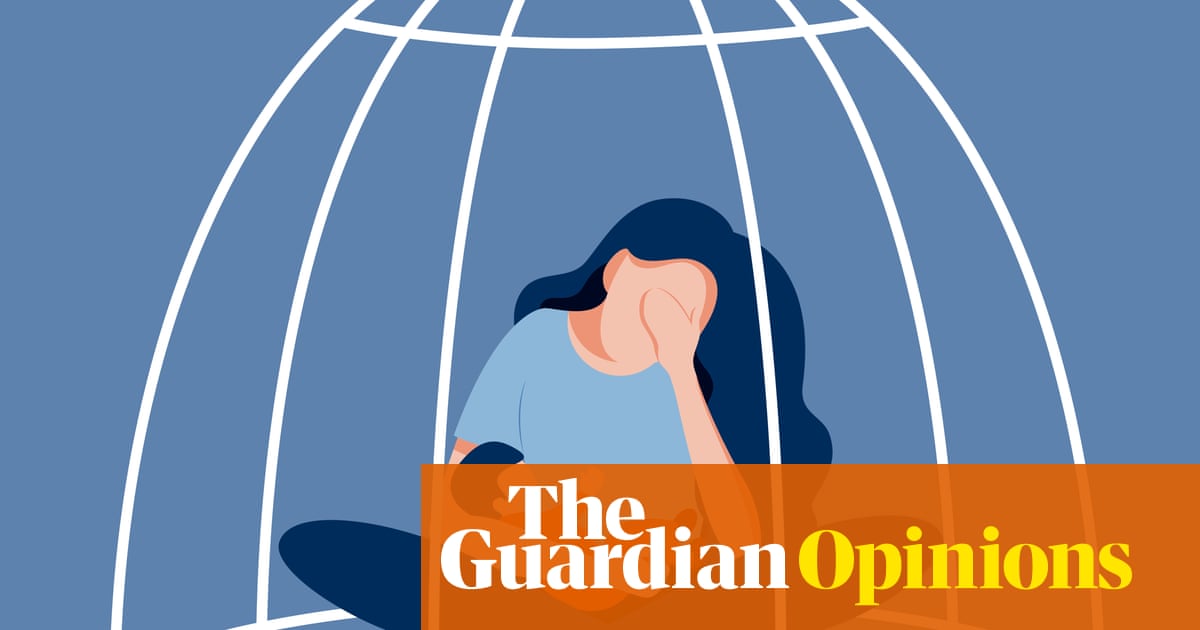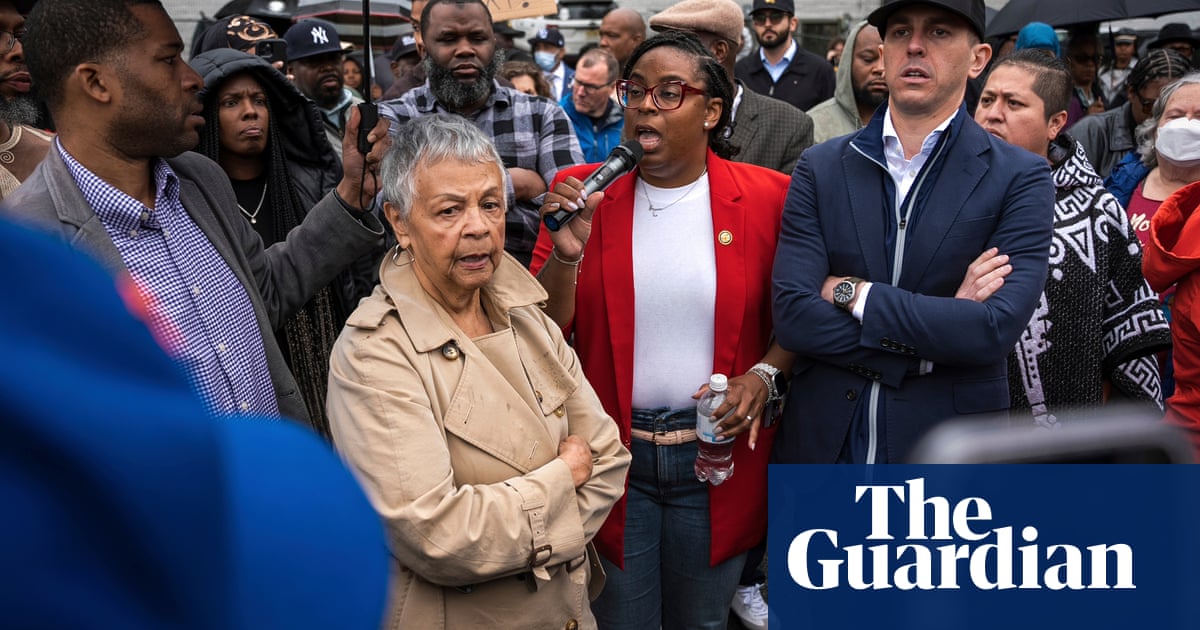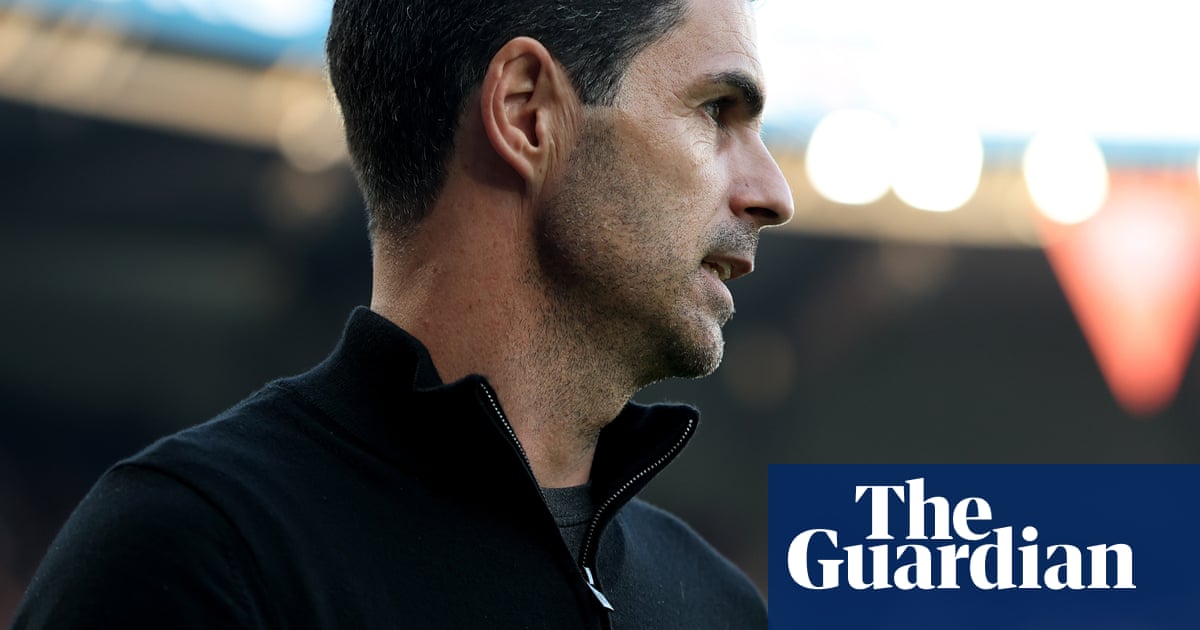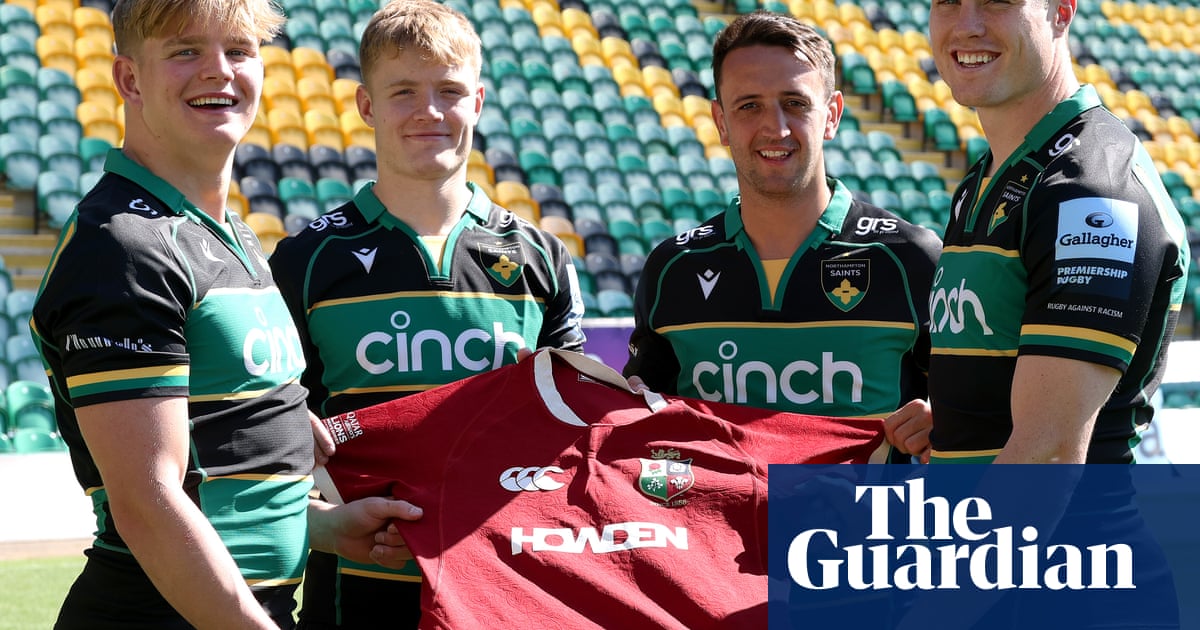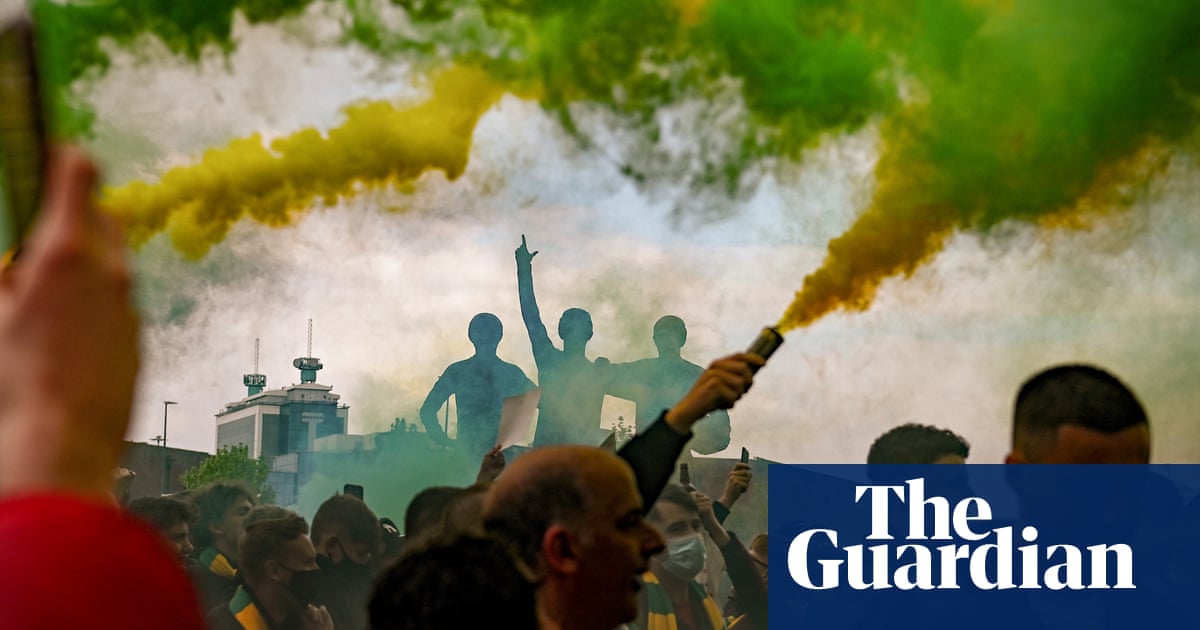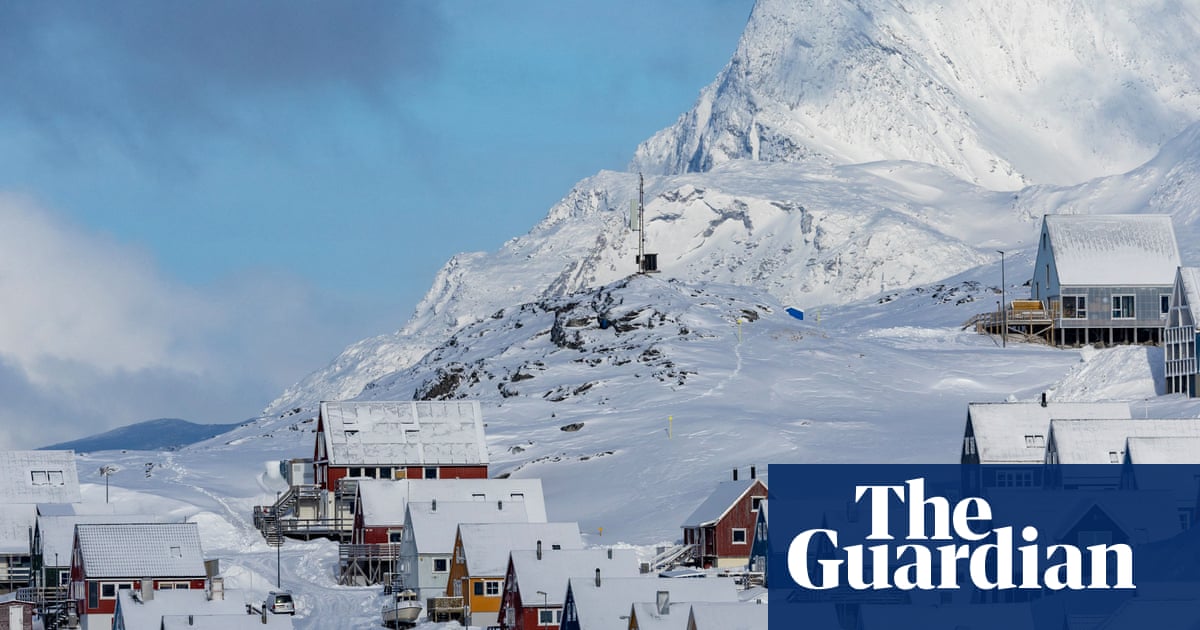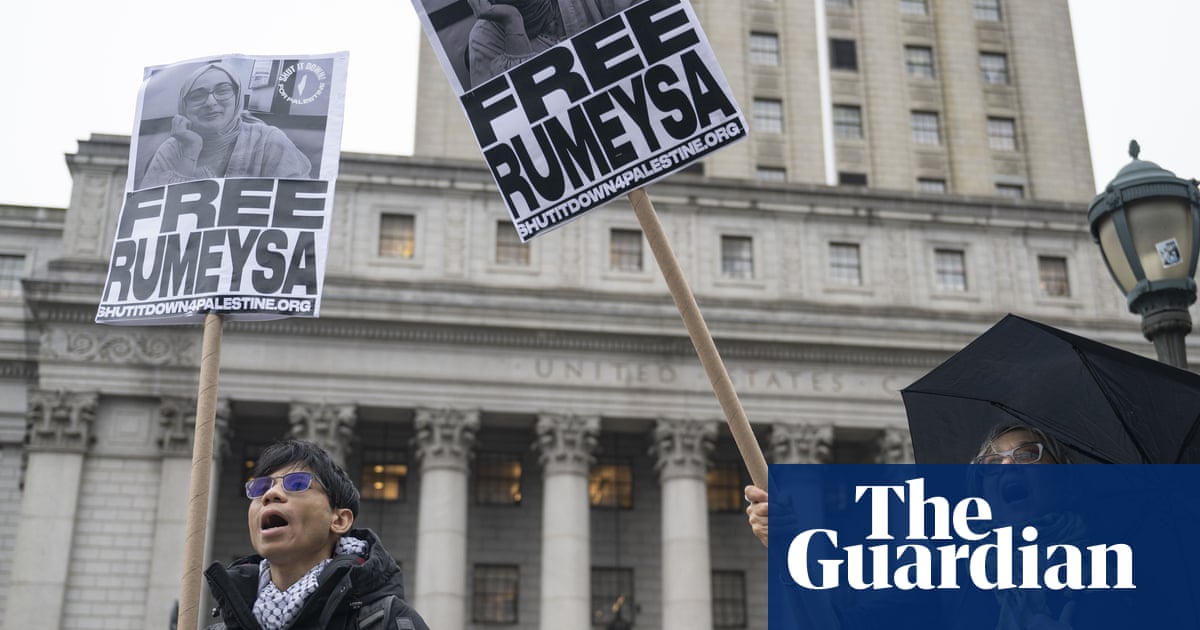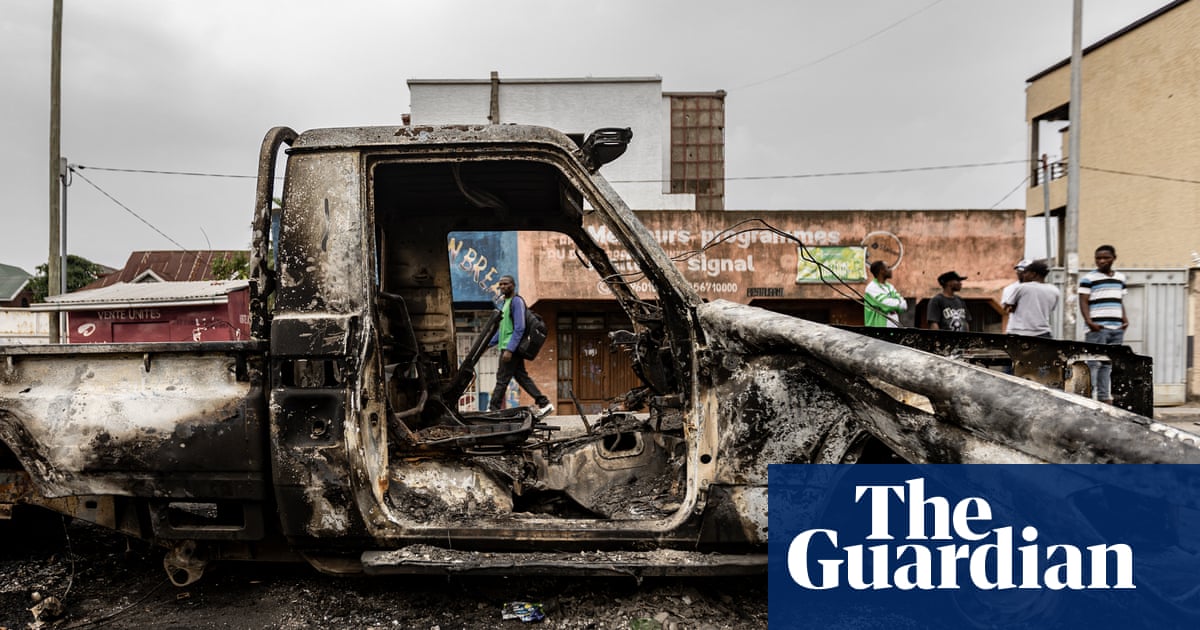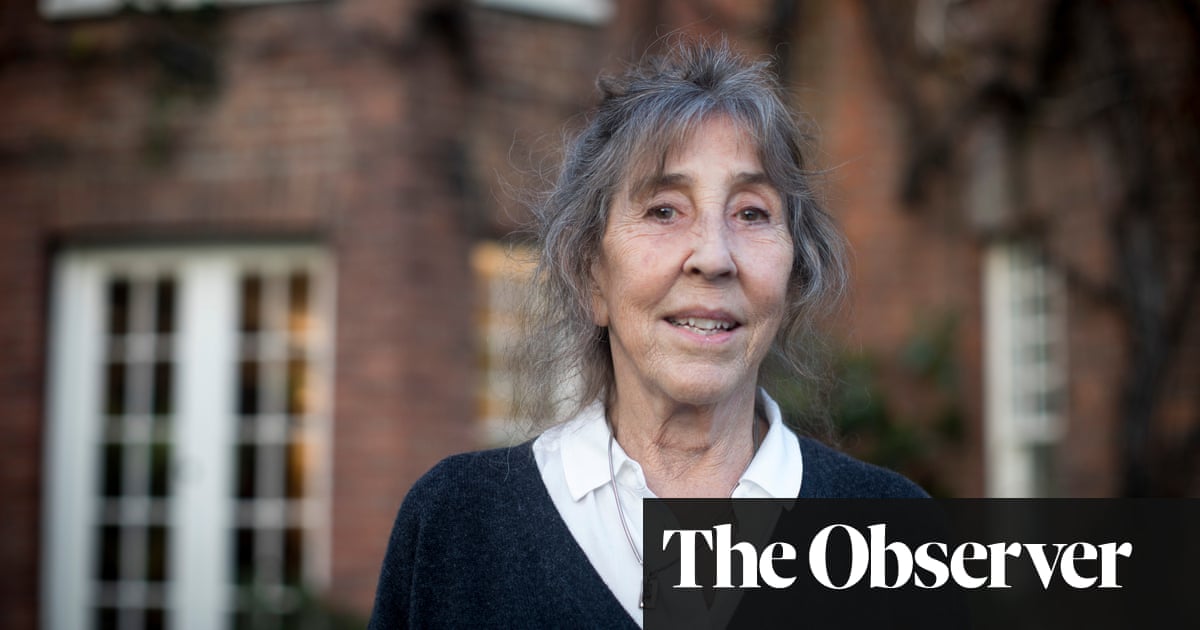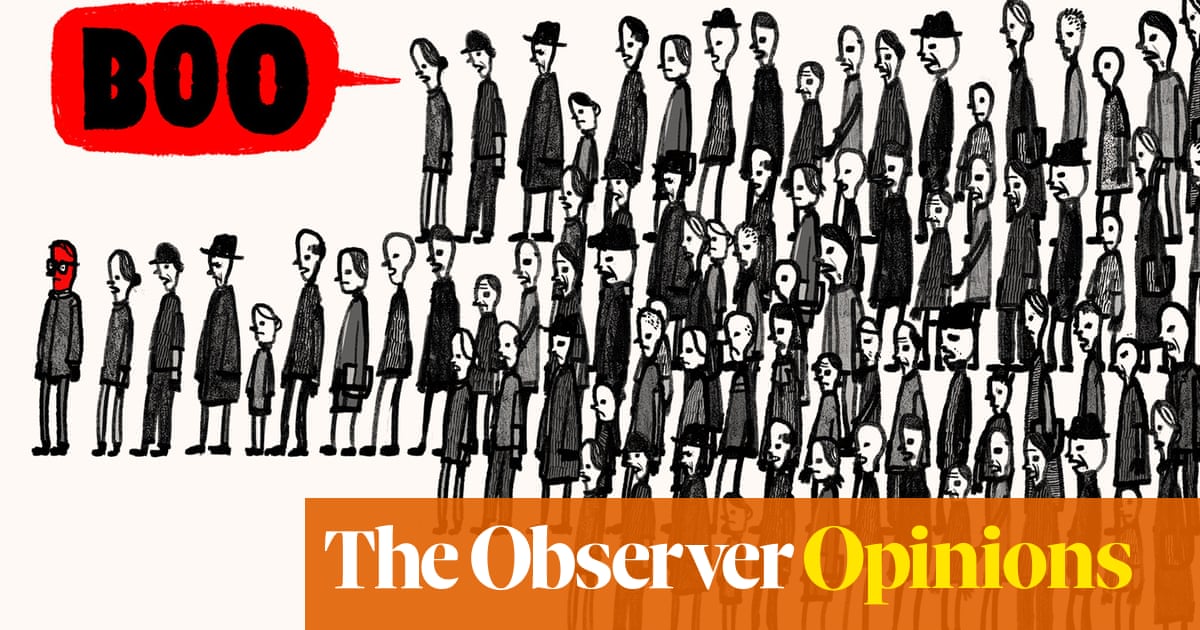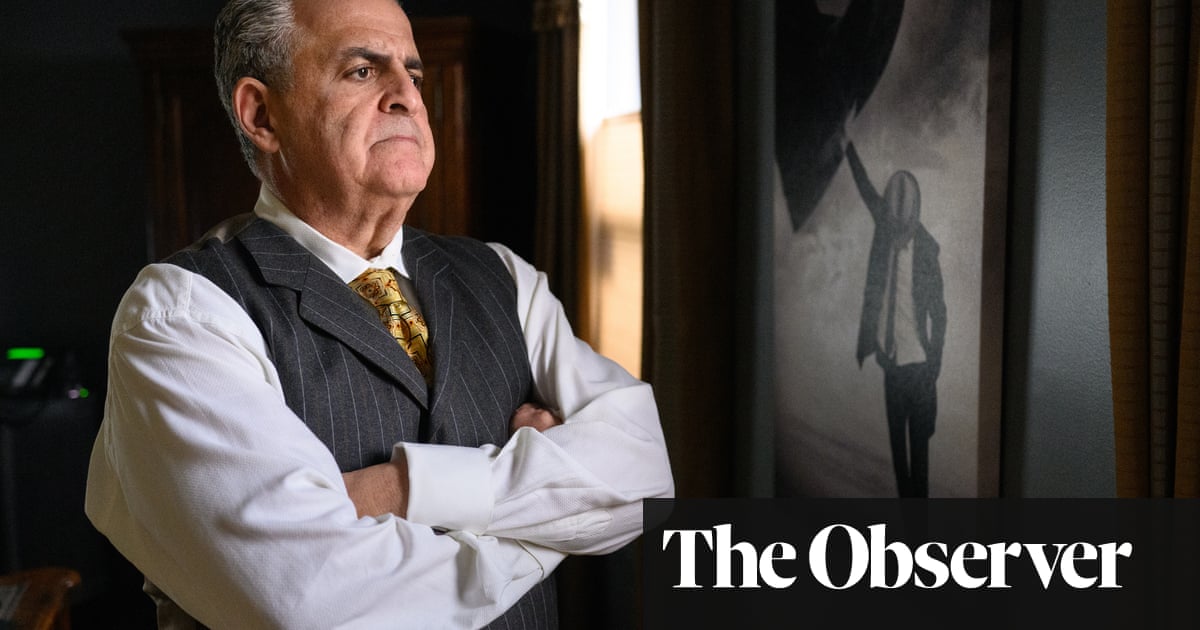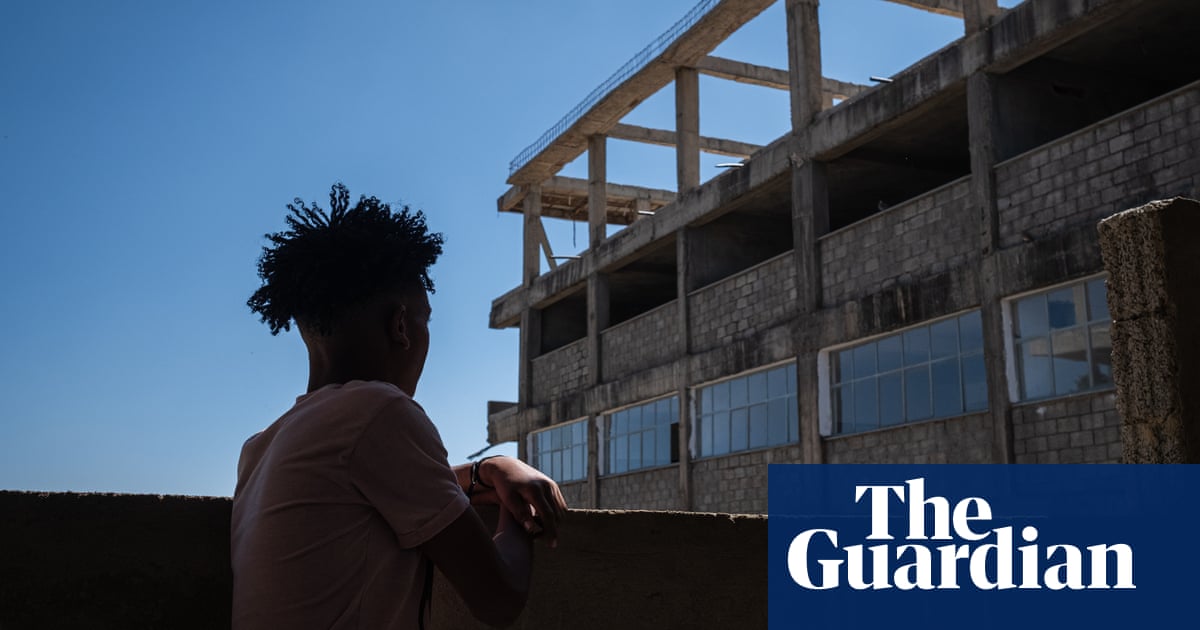It is in the early hours of the morning that one of modern life’s most familiar questions faces you: should we call it a night now, or push on through into the next day? The people in Not Going Home, a new photo book by Mischa Haller, have all taken the second option. Some have gone to soak up the alcohol in their stomachs with a pizza or a kebab. Others have wandered off with friends and new acquaintances in the hope that – maybe, just maybe – the night will never end. They finish up on beaches or grime-flecked streets, reading the morning papers as the city begins to stir.

-
Edinburgh, 5am, August 1998
Haller was no stranger to this question himself. “I grew up near the Swiss border and we would go clubbing in Austria because it was much more fun,” he says. “We would always stay until the very last note of the last song – which in the club we went to was always Return to Sender by Elvis.”
He realised he loved nightclubs so much that he wanted to be behind a camera, capturing all the action. He worked in Paris for a while as a club photographer, but it was a visit to shoot London’s nightlife in the mid-1990s that changed everything. Haller liked the capital so much that he ended up moving there, getting a job shooting clubbers for “ladette” magazine Minx, a sort of female version of Loaded.


-
Cardiff, 6am, September 1998, and Edinburgh, 6.05am, August 1998
At some point the idea came up: ‘What if we shoot not just in the club but after the club too,’ At festivals like Creamfields, I always loved that moment when the sun came up in the morning. I did a test in London and went around Brixton and Vauxhall and that’s where the first photographs of this project came about. The magazine liked them and commissioned me to go around the whole of the UK in the summer of 1998 doing the same thing. I went to Leeds, Brighton, Birmingham, Edinburgh and Cardiff.
The book seems to capture two distinct kinds of nightlife. There are the lairy crowds who have been drinking and are acting up for the camera – probably heading for a takeaway before sloping off home. And then there are the ravers, still caught up in the buzz of the night, hoping to eke out some more time before accepting the party is over. “I think this image captures that feeling of wanting the night to go on for ever,” says Haller, “to keep it going as long as you can. Because you’re all together in this situation, all the friends you went out with that night, so you have a special connection that you don’t want to break. So you squeeze out as much from the moment as you can.”

‘It was mayhem!’
-
Edinburgh, 5am, August 1998
Each city has a different vibe. Brighton was really all about the beach and everybody chilling and just coming down. But then in Edinburgh it was just mayhem and I absolutely loved it. I think this place is called Pizza Paradise. As a photographer you walk on to a scene like this and you’re like: ‘Oh my God! I’ve won the lottery today! People were acting completely mad. One person was licking the windows!


-
Brighton, 5.45am and Birmingham, 6.50am, August 1998
I think the fact this series is all pre-phone matters. Nobody has a phone in their hands and nobody is taking pictures of themselves either. It all seems a bit more carefree than today. I think the 90s were this carefree decade, after the fall of the Berlin Wall but pre 9/11. There was this amazing decade where we were just interested in having a good time. Because we thought it was all over and everything would be fine!

‘A beautiful hour’
-
Brixton, south London, 5.30am, June 1998
Sometimes I would follow people around and say: ‘Can I be with you for like an hour and just see what you do?’ And they were like: ‘Yeah, no problem!’ So they had kind of their own personal paparazzi following them around and they loved it. In this image, you can see one guy was a bit like ‘Who is this guy?’ but the rest are all fine with me being there!
Despite the hedonism on display, Haller didn’t get involved with the raving. “No!” he laughs. “I was very Swiss, so I didn’t party. I realised I needed to be fit at 5am. I would get to my hotel, go to bed at 10pm and get up at 4.30am.” Starting the day so early was a boon for a photographer looking for a unique angle. “It’s a great time, really quiet. But also I love the light at that time. As a photographer, you always want this kind of light you get one hour before the sun rises. It’s a really beautiful hour.”

-
Brixton, south London, 5.30am, June 1998
This image ended up being the cover of the book. She’s kind of recovered but he’s still half gone. By going out at this time, you would come across situations that look more real. You will never get somebody to let go as much as when you shoot them at 4am or 5am, when they’re not really in control of what they’re doing. I think you get a more honest, more real photograph.

-
Brighton, 7.30am, August 1998
Could these photos have been taken anywhere other than the UK? Haller doesn’t think so, believing that the country boasts a unique, gung-ho spirit when it comes to debauchery. “That’s why I like it here. There’s a certain freedom and a certain chaos that Britain seems to enjoy. People want to get off their heads and forget about everything. It’s like there is creativity in chaos.”
Haller sent his images to Paul Wright at the British Culture Archive, which not only showcases excellent amateur photography, but also shines a light on previously unsung professionals, such as Tish Murtha. “I love the series,” he says. “It captures that great last era and freedom of youth, one I feel privileged to have been part of. Little did we know where we were heading with the digital age and how it would change society, but these images capture those post-hedonistic nights and hazy early mornings beautifully.”

-
Birmingham, 5.15am, August 1998
You can see that the woman sitting on the guy’s lap here is wearing a Mr Egg shirt, which is the fast food spot where this was taken. It’s a Birmingham institution.
“I knew I had stories in my archive that had been underused,” says Haller. He started trawling through them and, in January 2024, began scanning all his early morning clubber shots. He sent them to Wright, who promptly put up two Instagram posts – the first got 9,000 likes and the second managed 16,000. “This was just a dead project up until that point, so I was like ‘Oh my God!’” says Haller.

-
Brighton, 7am, August 1998
People began asking if a book was available and, after a chat with Wright, it was agreed that Not Going Home would be the first photo book to be published by the British Culture Archive.
The project resonates with my generation – generation X – because we’ve all lived through it. It reminds them of their youth. Some people in the book have already been in touch to say it’s them in the photo – the blond guy from the Brighton beach pictures thought it was fantastic, and one of the girls from the Birmingham McDonald’s shoot also recognised herself from the Instagram post.

-
Birmingham, 6am, August 1998
Teenagers love the images too. When I show them to my daughters, they think it’s cool because the fashion is back. They actually wear those white sneakers again! Besides, I think the idea of staying up all night and partying and having a good time is definitely still there!

 3 months ago
43
3 months ago
43

